The seaport of Kiel is, along with the ports in Lübeck and Rostock, a key component of Kombiverkehr’s Three Gate concept in services with the Scandinavian countries and the Baltic states. Simply Intermodal spoke to Dr. Dirk Claus about the cooperation between operator and port and the particular features of the location and asked for his assessment of the future development of intermodal transport to and from Kiel.
Simply Intermodal: Dr. Claus, off the top of your head, what three attributes would you use to describe the cooperation between the Port of Kiel and Kombiverkehr?
The cooperation between Kombiverkehr and the Port of Kiel is a partnership, sustainable and performance-oriented. We have a friendly relationship with each other, because we share a common goal – to shift more transport units onto rail, the environmentally-friendly means of transport. Last year, for instance, as many as 33,000 trailers and containers were transferred onto wagons serving the hinterland of Kiel. There had never been that many before. Even so, we want to increase this number still further.
Simply Intermodal: The intermodal success story with Kombiverkehr at the Kiel site began more than twenty years ago. How has it developed since then, and what milestones have stood out for the port and for you personally?
Kombiverkehr has always stood by Kiel as a location – even in difficult times. Twenty years ago just 6,500 transport units were loaded onto trains in Combined Transport in Kiel. Now it’s five times as many. In addition to the shuttle trains via Hamburg-Billwerder which connect Kiel to both the national and the international Kombiverkehr network, this increase has been enabled by direct trains, such as those to Verona, for instance. In the Port of Kiel we have invested millions in track infrastructure and transshipment technology. A new railway terminal was built in Ostuferhafen, and the combination facility on Schwedenkai was modernised and extended. At the same time, DB has already set the course for the future by upgrading the shunting yard here. The dynamic development of combined freight transport is the result of the cooperative partnership between the railway, shipping companies and the port.
Simply Intermodal: And what is the Port of Kiel doing that is unique for logistics companies?
Kiel is the market leader in scheduled services with the Baltic states and western Scandinavia. The shipping company DFDS connects Ostuferhafen with Klaipeda in Lithuania nine times a week and offers the greatest frequency of departures in this travel zone. No one else timetables daily direct connections to Norway and western Sweden. Color Line offers nine departures a week to Oslo with three ships. The Stena Line ferries set off for Göteborg from Schwedenkai every evening. And the RoRo freighters of SCA Logistics travel twice a week to Malmö and Sundsvall on Sweden’s south and east coast respectively. All of Kiel’s ferry terminals are directly connected to the combined freight transport network. The distances between the ships and the trains are extremely short.
“For more climate protection, going by sea with the initial and final leg by rail is the obvious choice”
Simply Intermodal: What is your assessment of how things will develop further? What mega-trends will influence developments?
Climate protection is the responsibility of our age. In the future, flows of goods between Scandinavia, the Baltic states and continental Europe will also be handled more sustainably. Here, going by sea with the initial and final leg by rail is the obvious choice. Our goal is to bring the entire expected growth in volumes on hinterland services onto the railway. We are already seeing a greater number of unaccompanied units on cross-border routes. This is due to reasons that extend well beyond coronavirus and offer plenty of potential for rail freight transport. Combined freight transport is a key element of our Blue Port strategy on the way to the carbon-neutral port.
Simply Intermodal: Finally, a look into the crystal ball: How many transport units will the Port of Kiel be handling in the year 2035?
Based on projections for the Port of Kiel, we anticipate that in the year 2035 we will be handling some nine million metric tons of goods (up 30%) in a port area that will have been extended by then. We want to load up to 90,000 freight units in Combined Transport onto wagons by then. The outlook for environmentally-friendly rail freight transport via the Port of Kiel is most promising.
Simply Intermodal: Thank you very much for your time and the informative conversation, Dr. Claus!

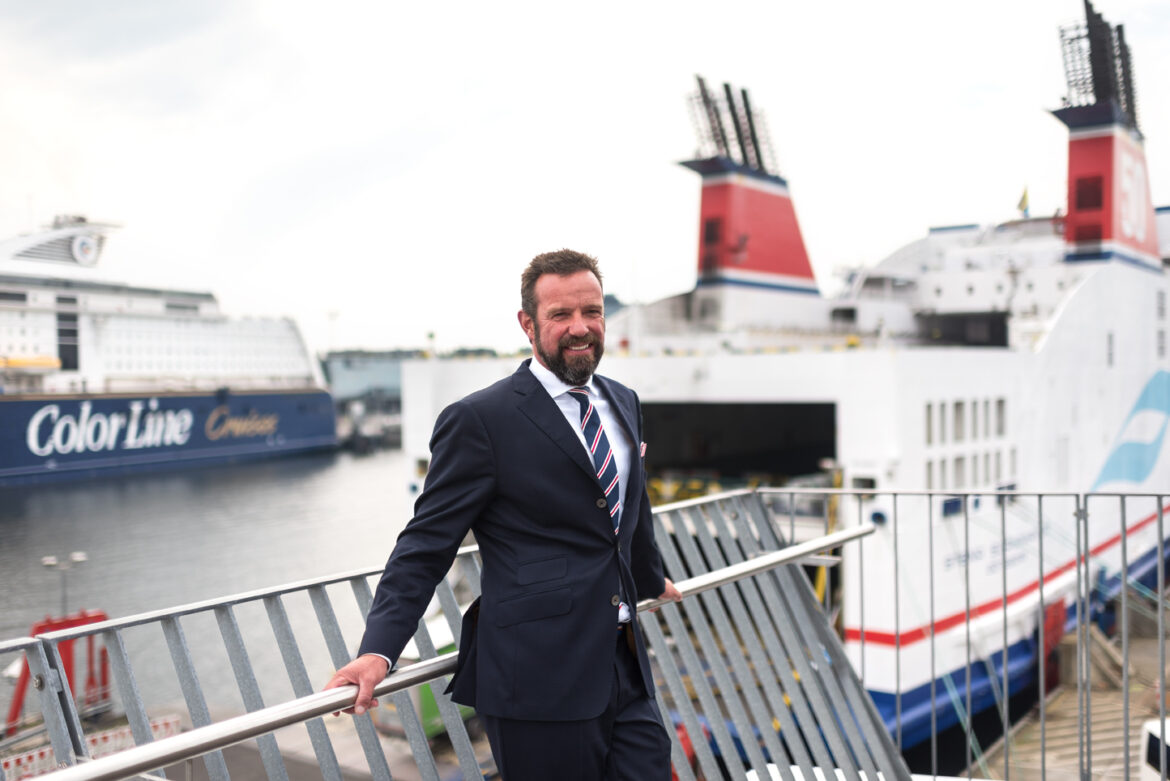
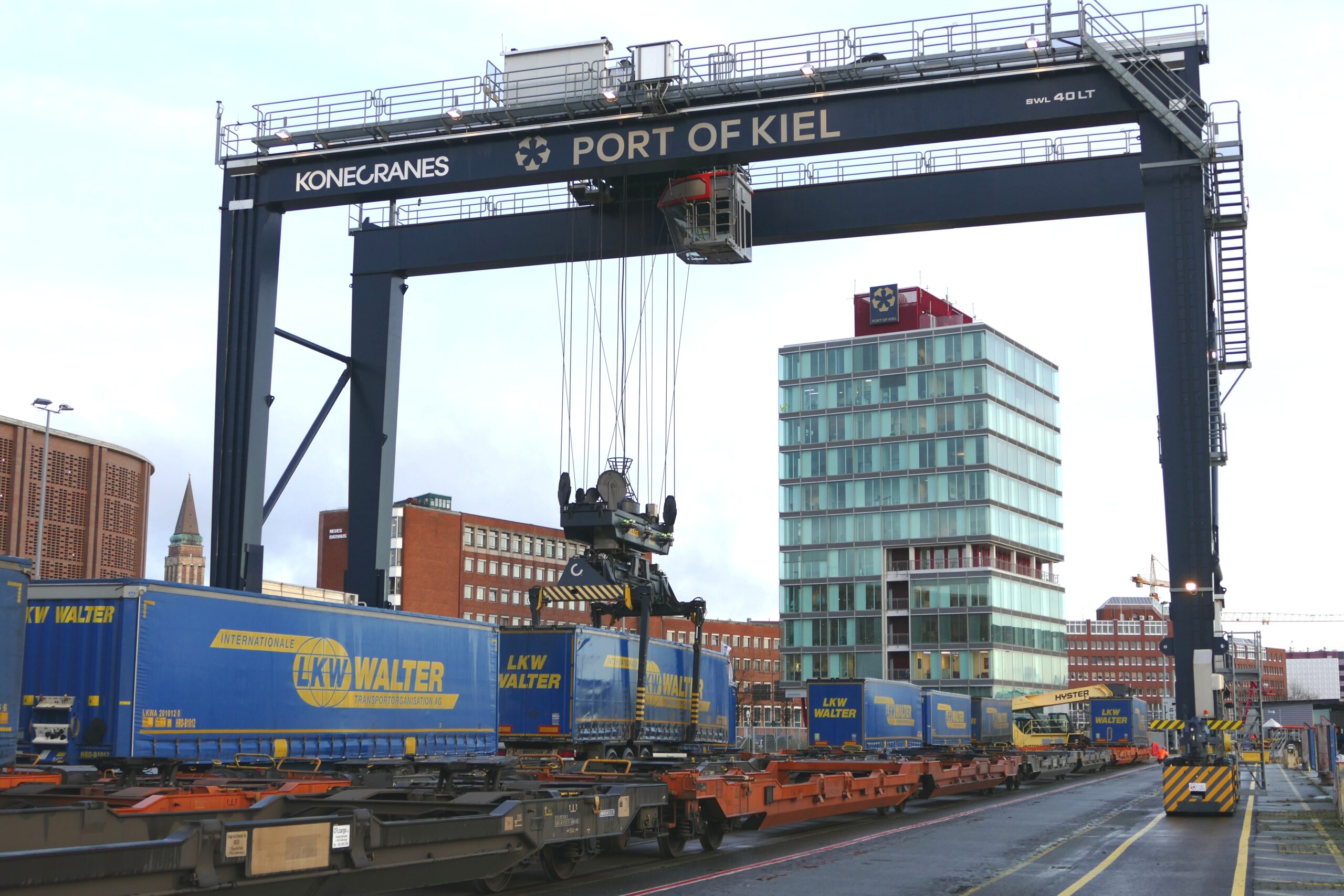
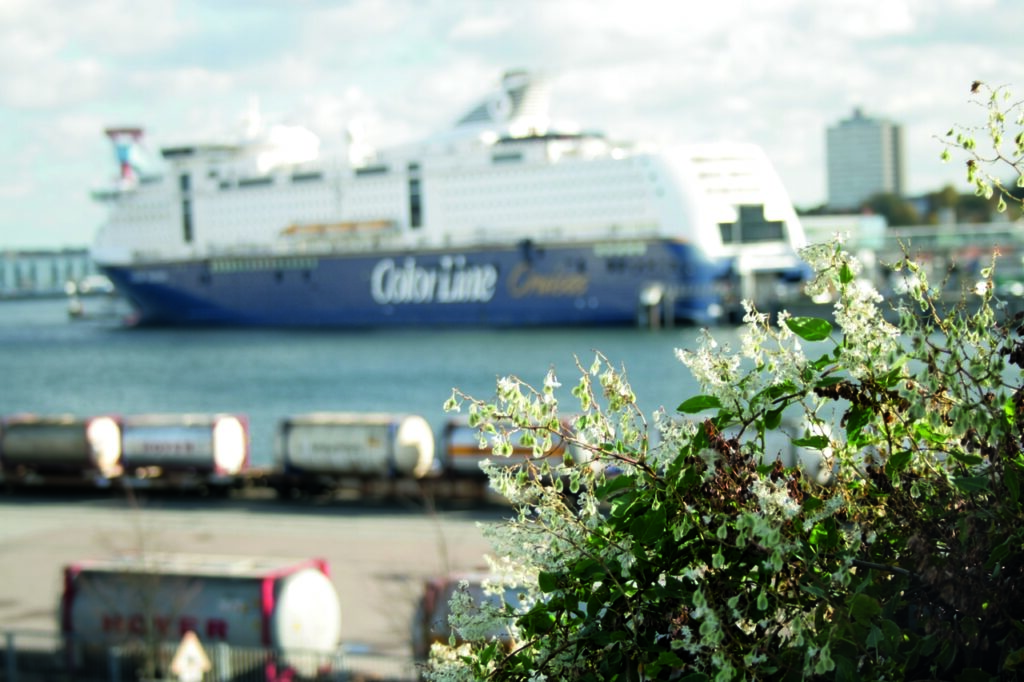
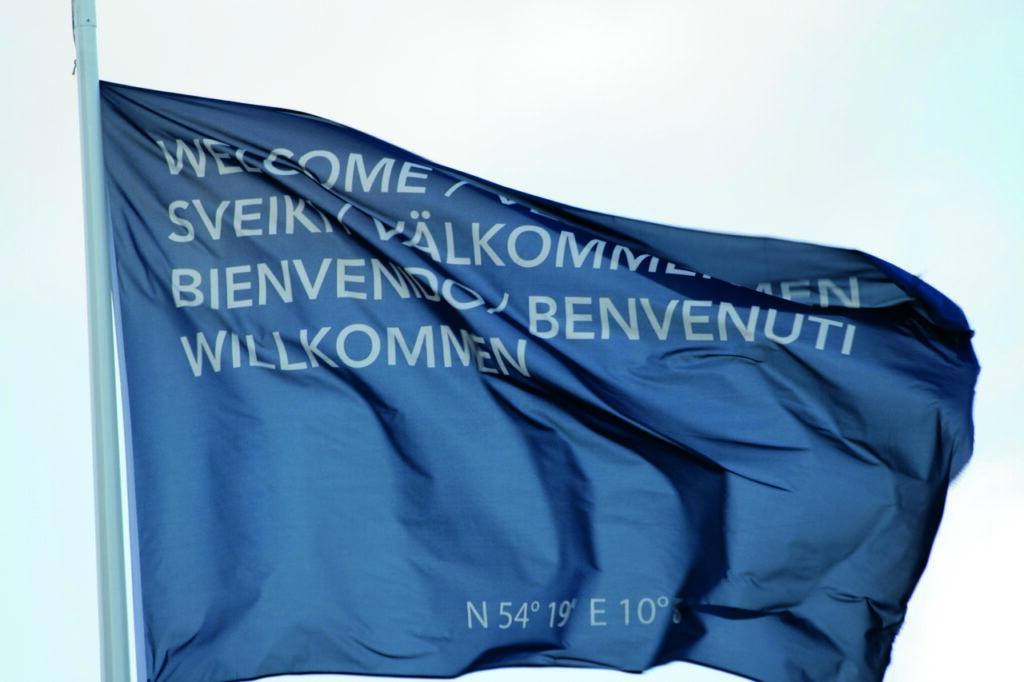
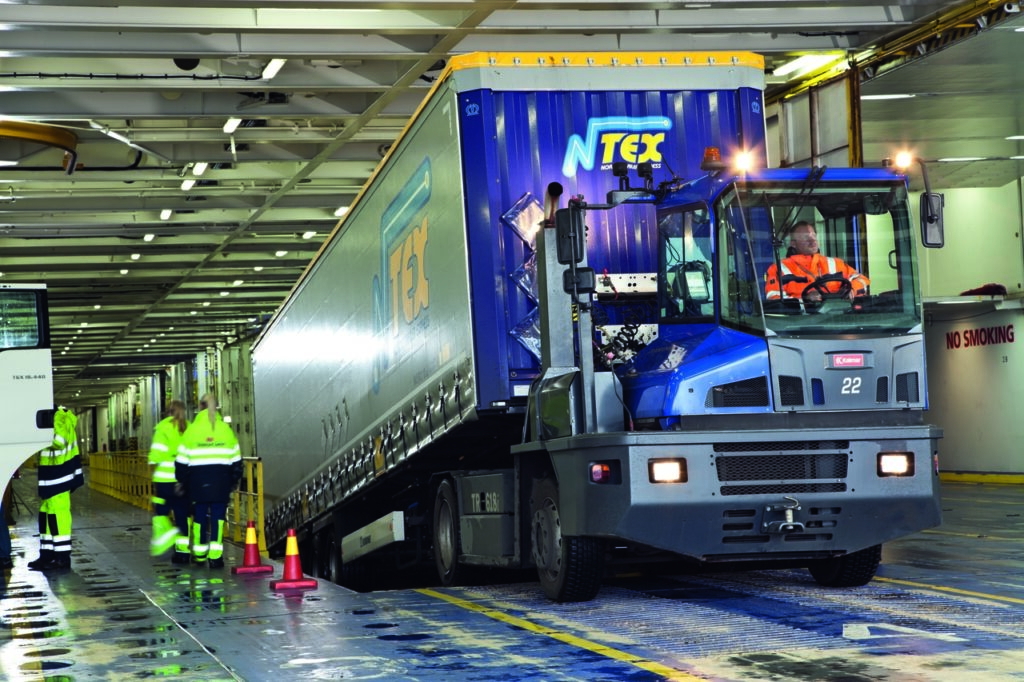
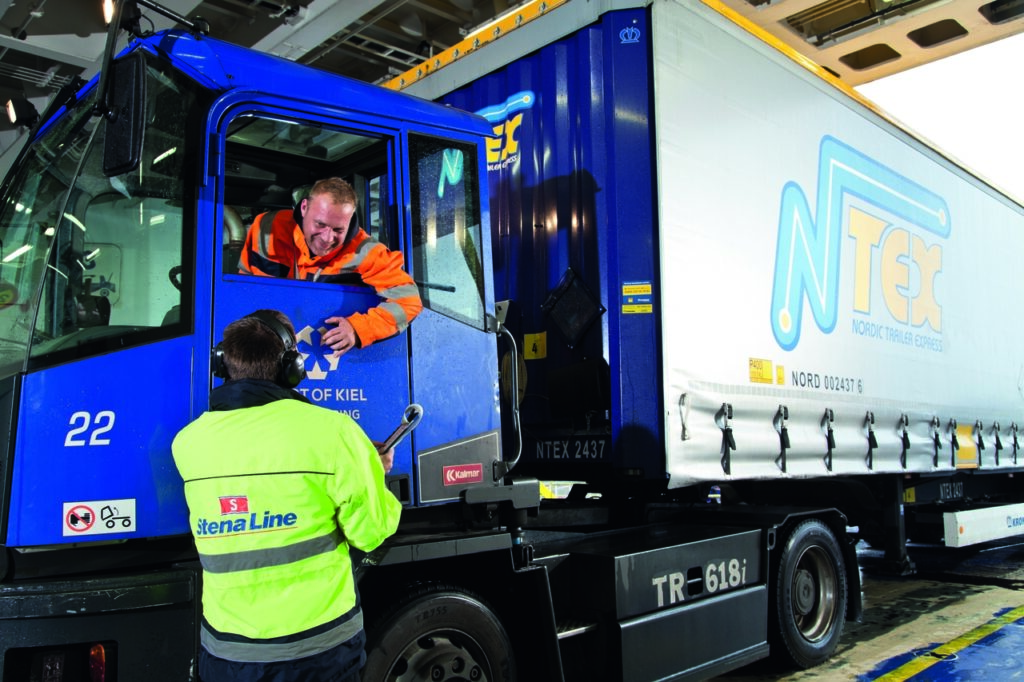
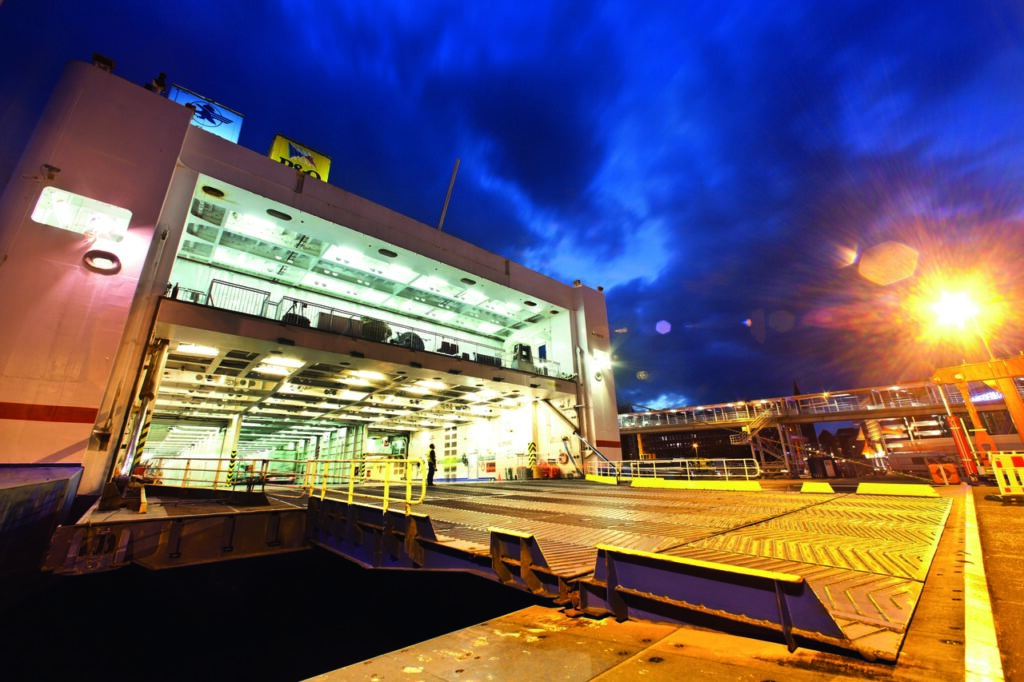
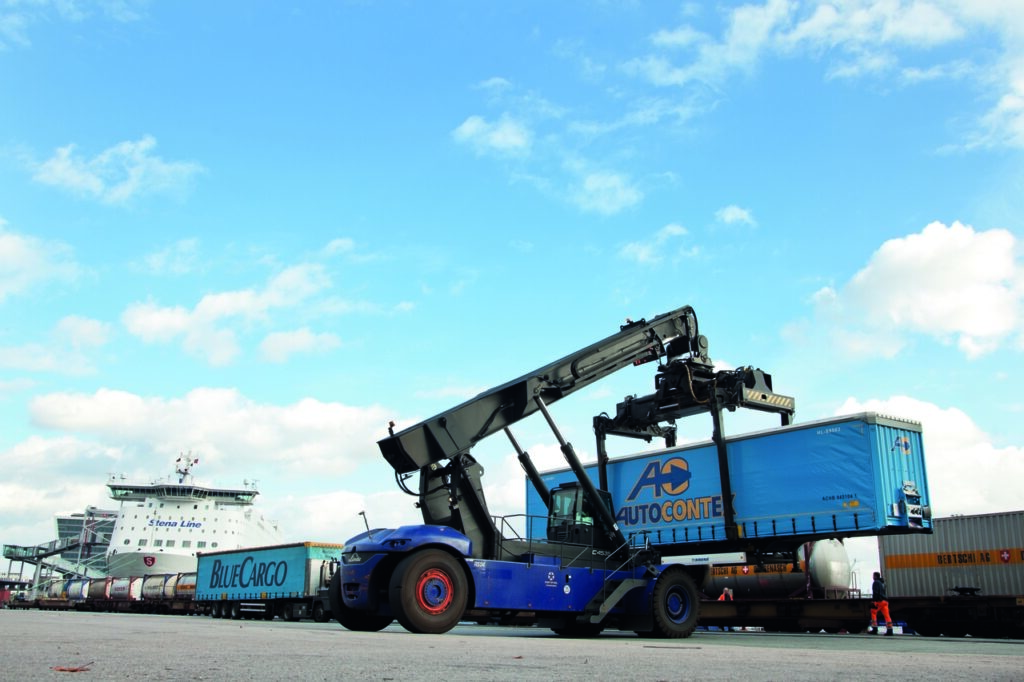
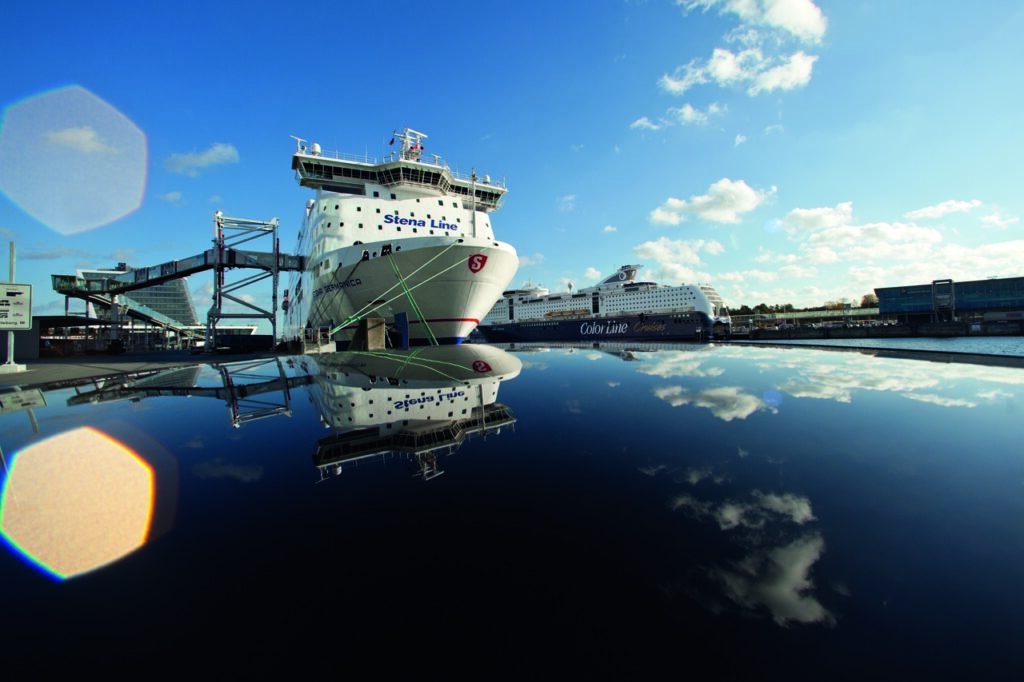
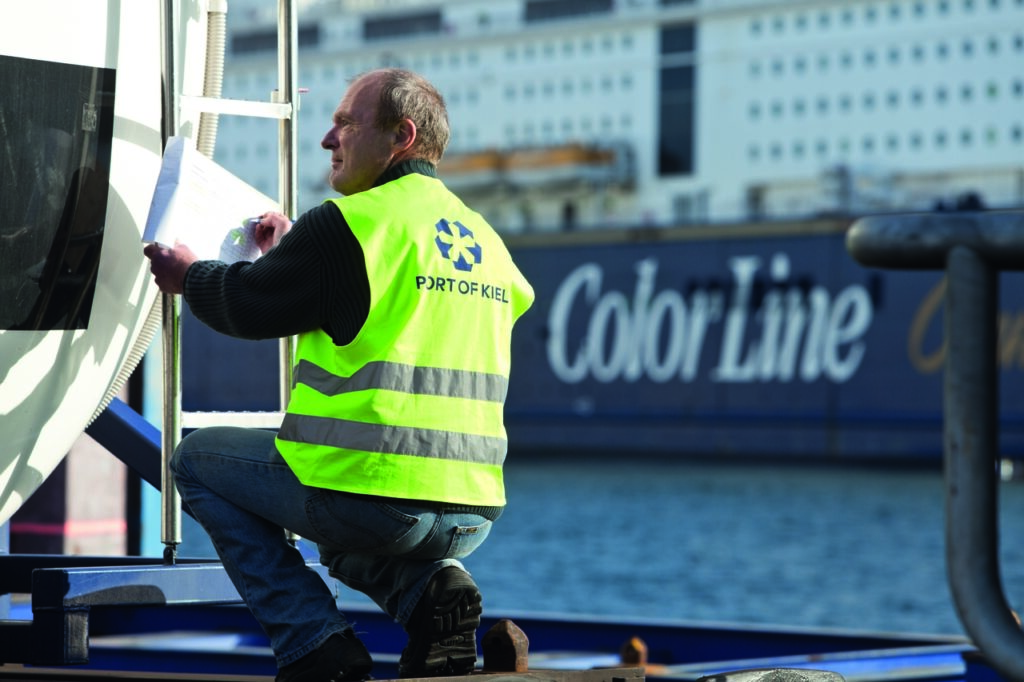
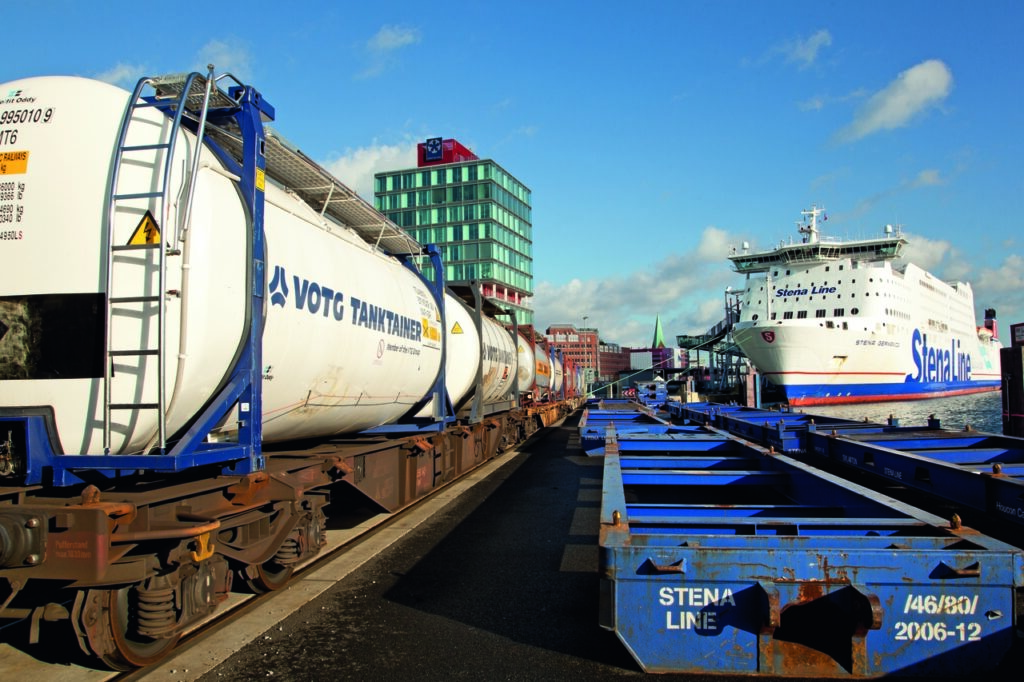
Comments are closed.